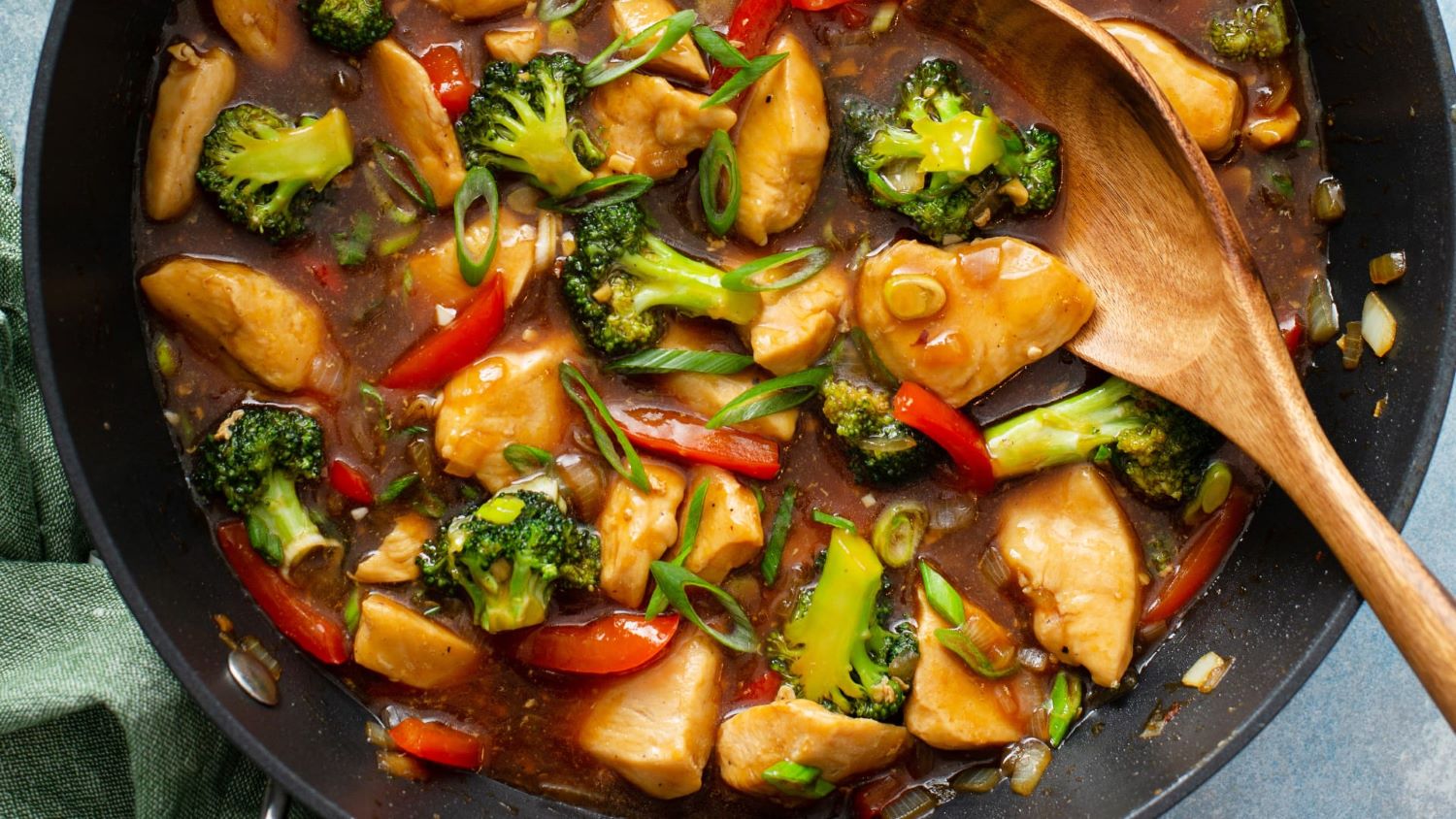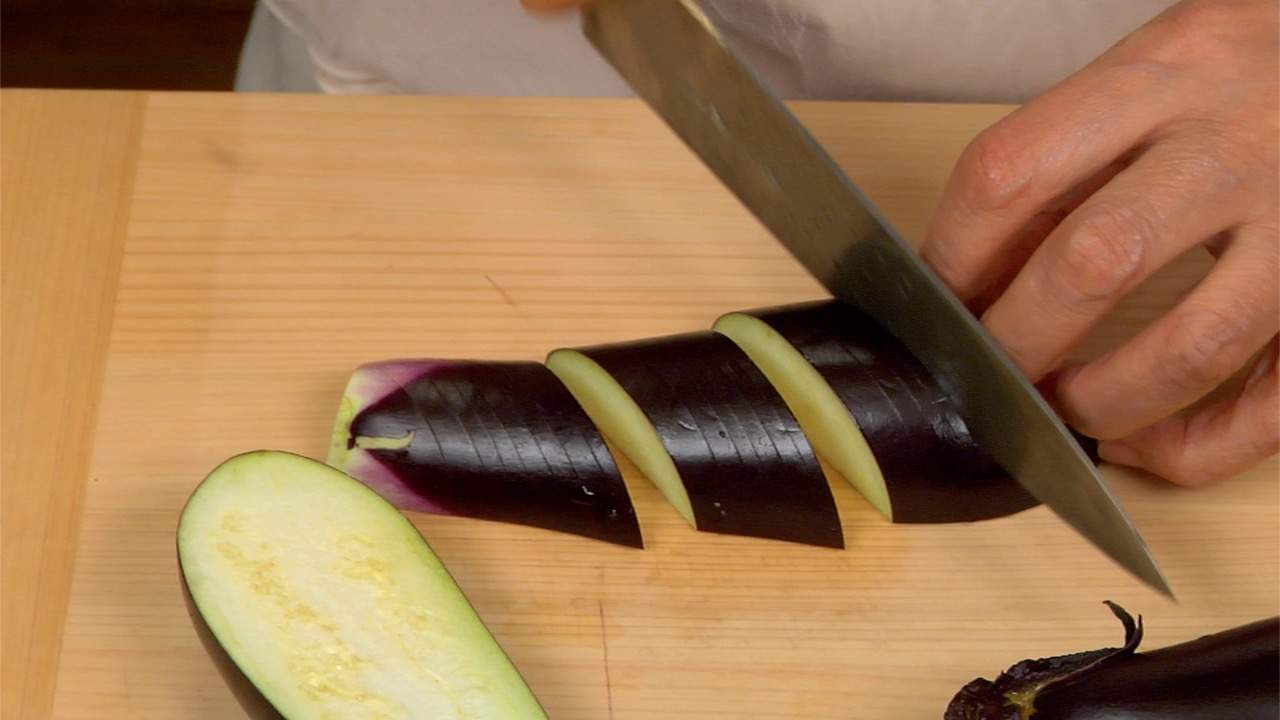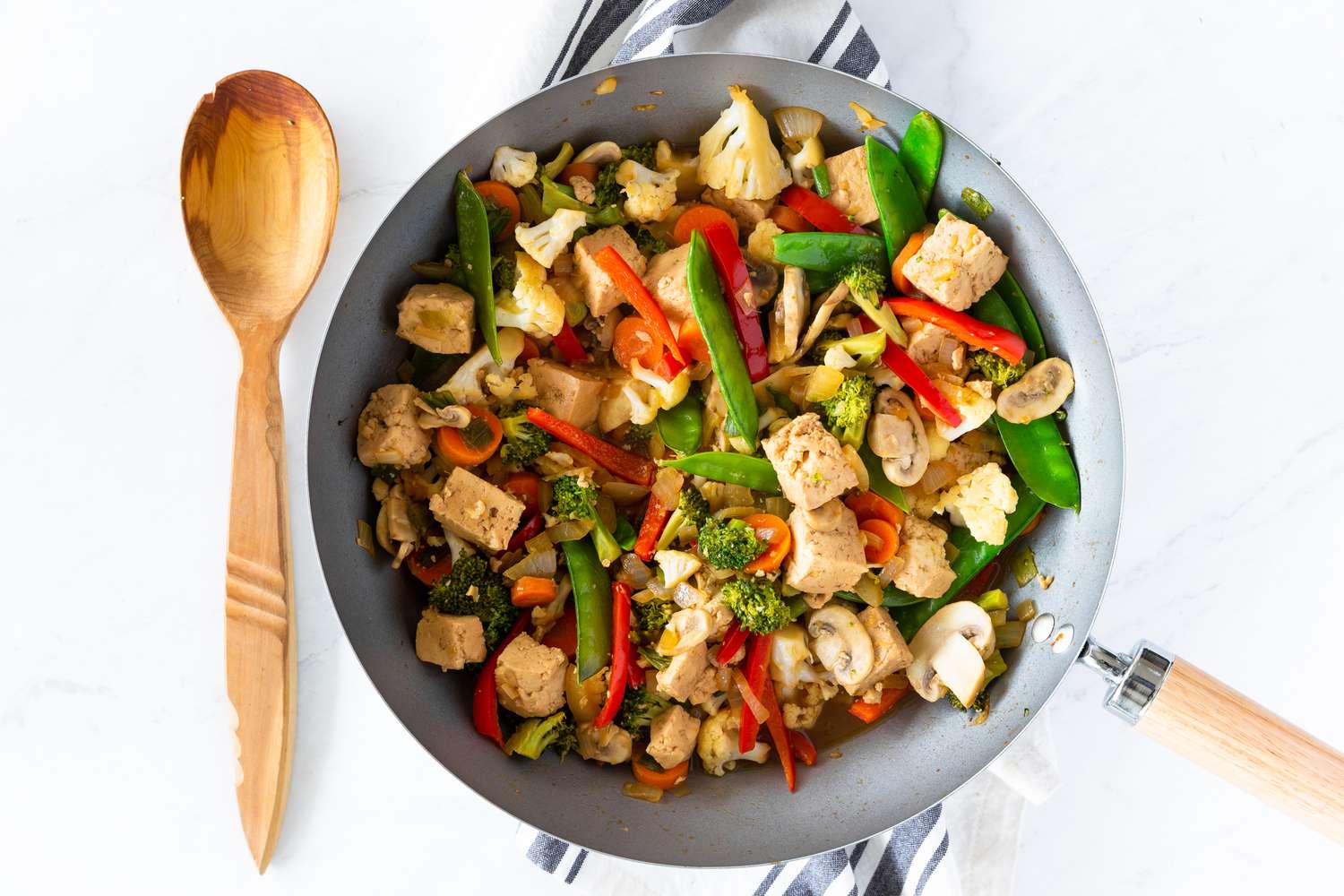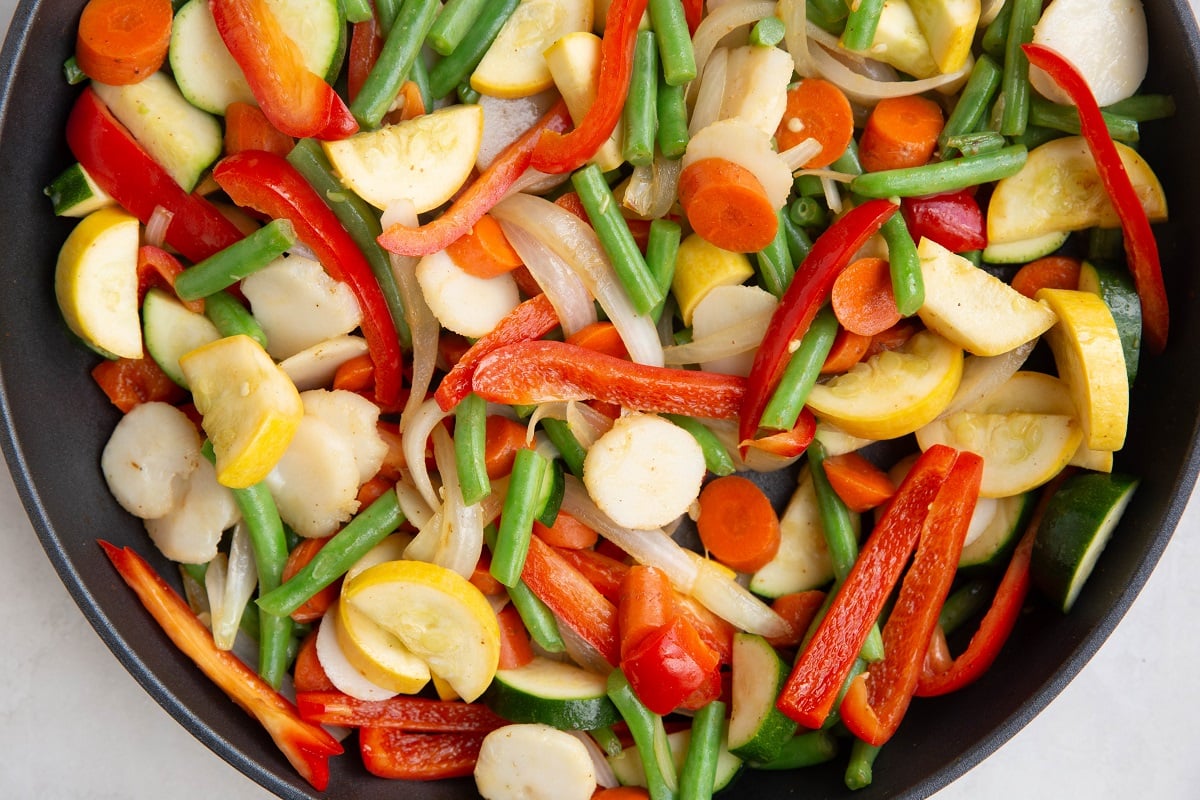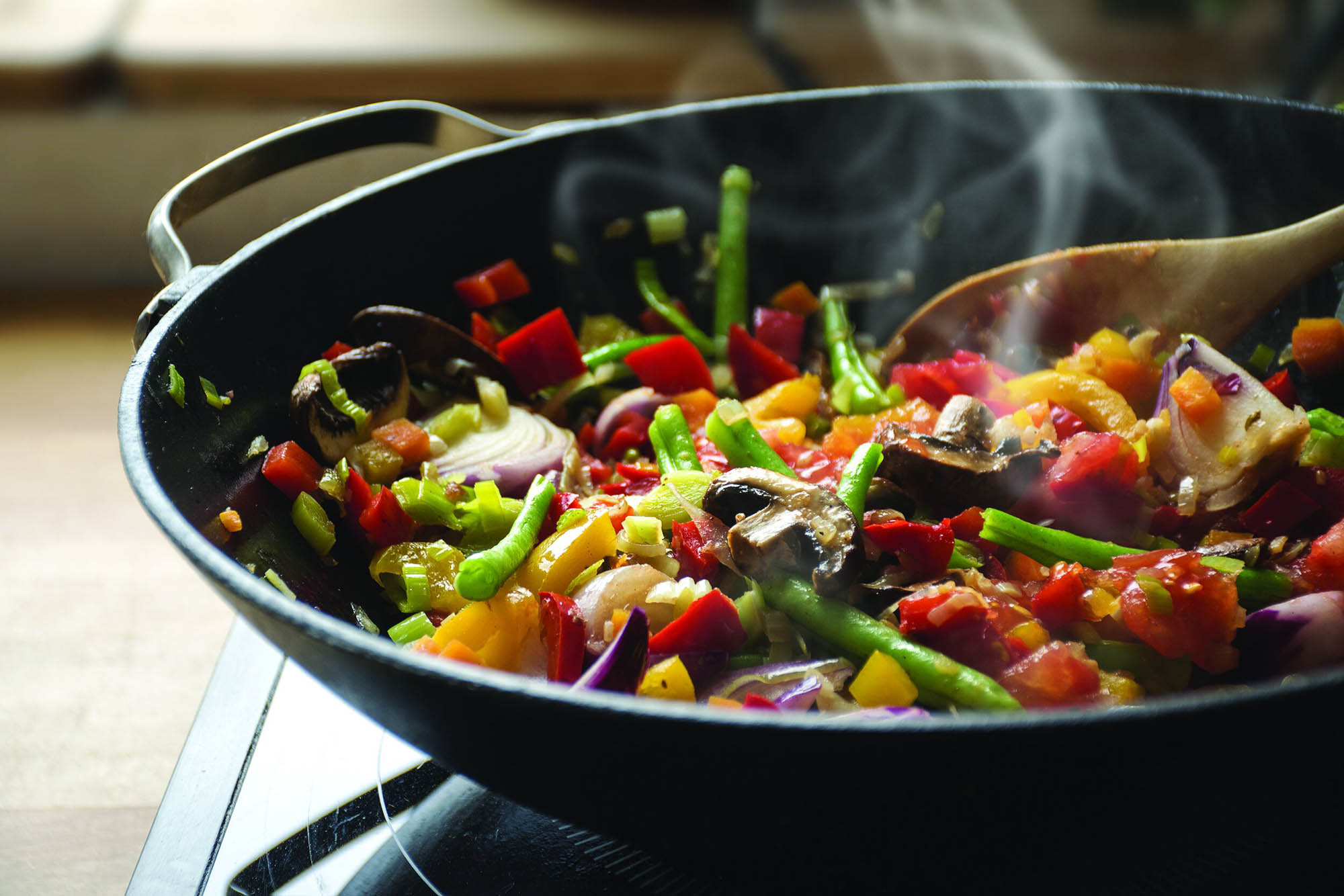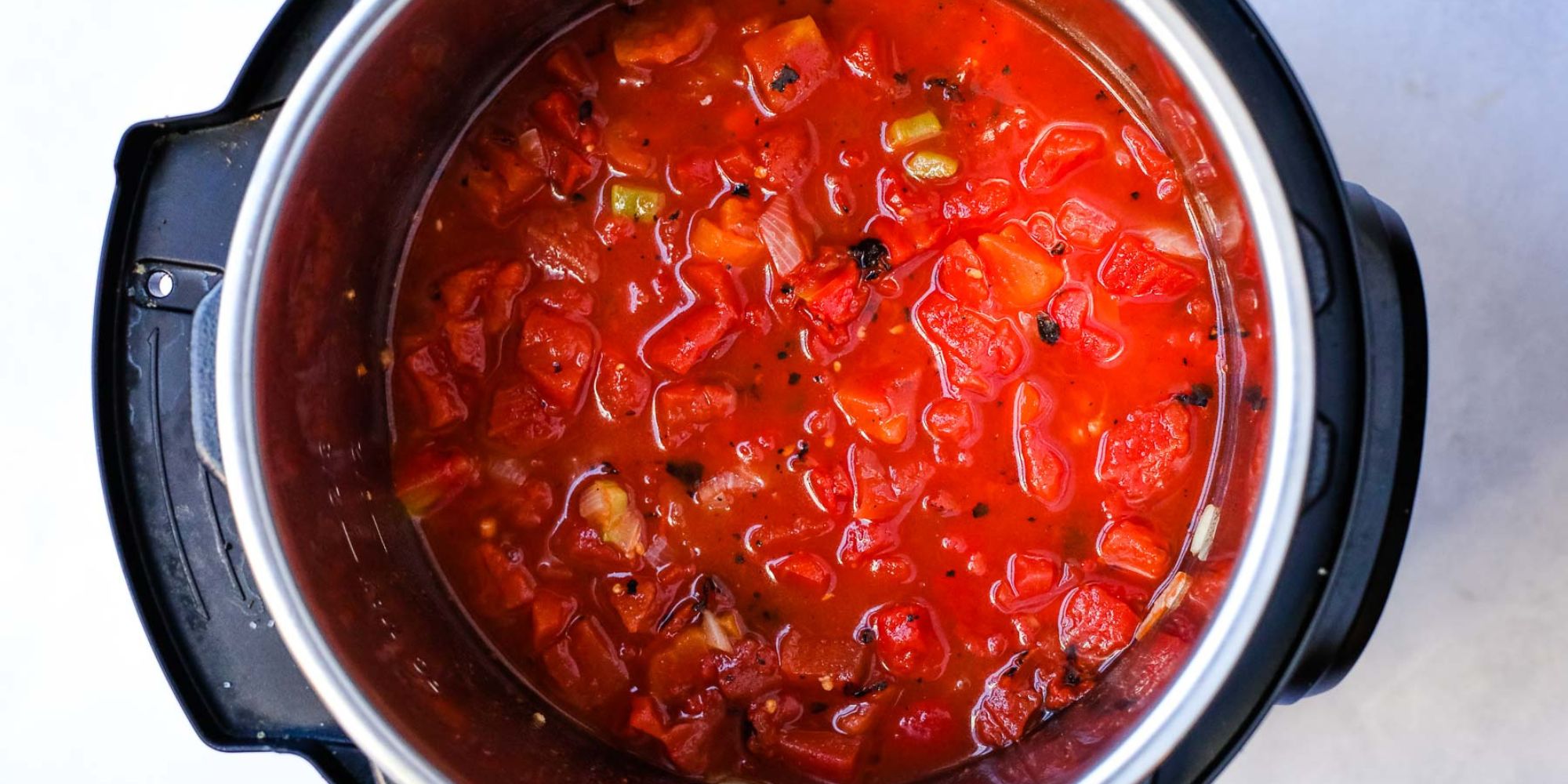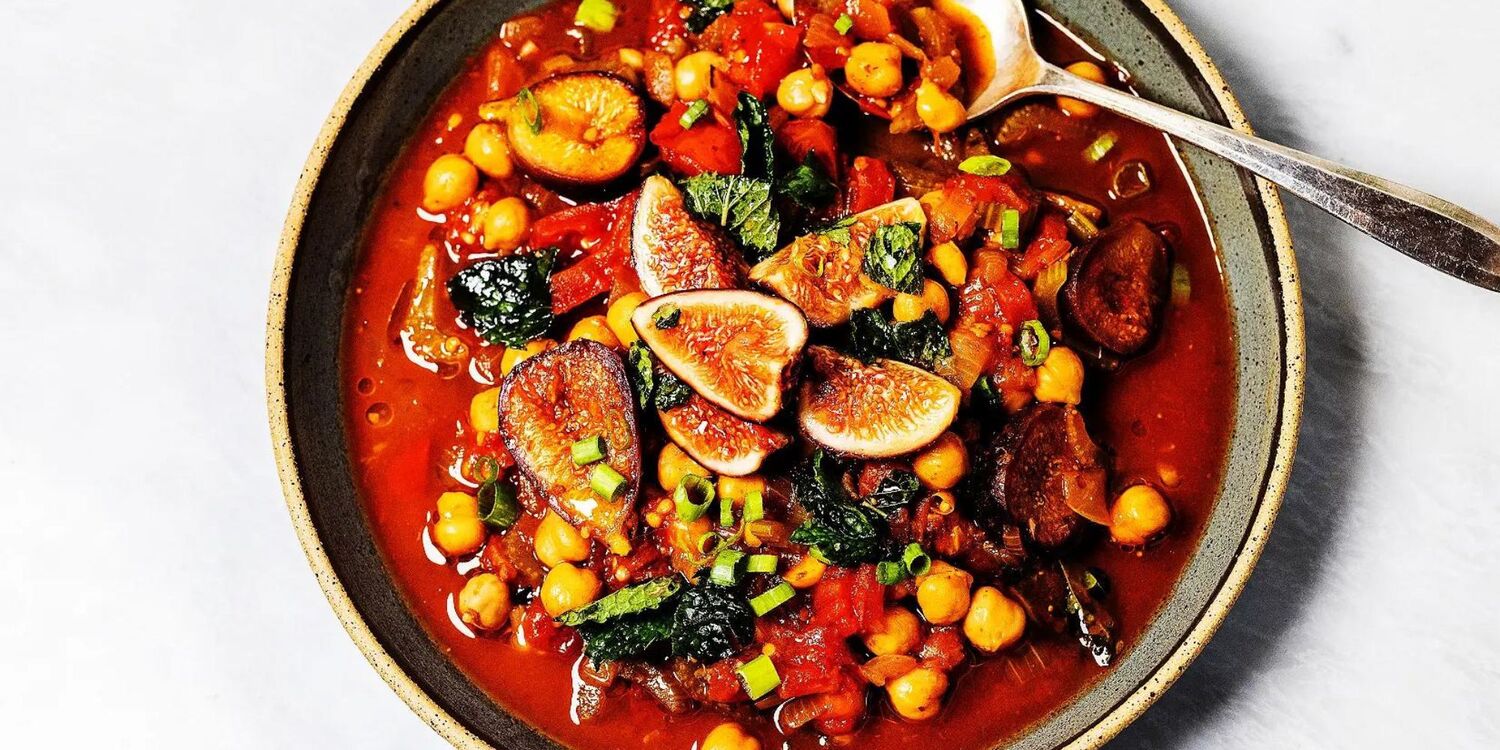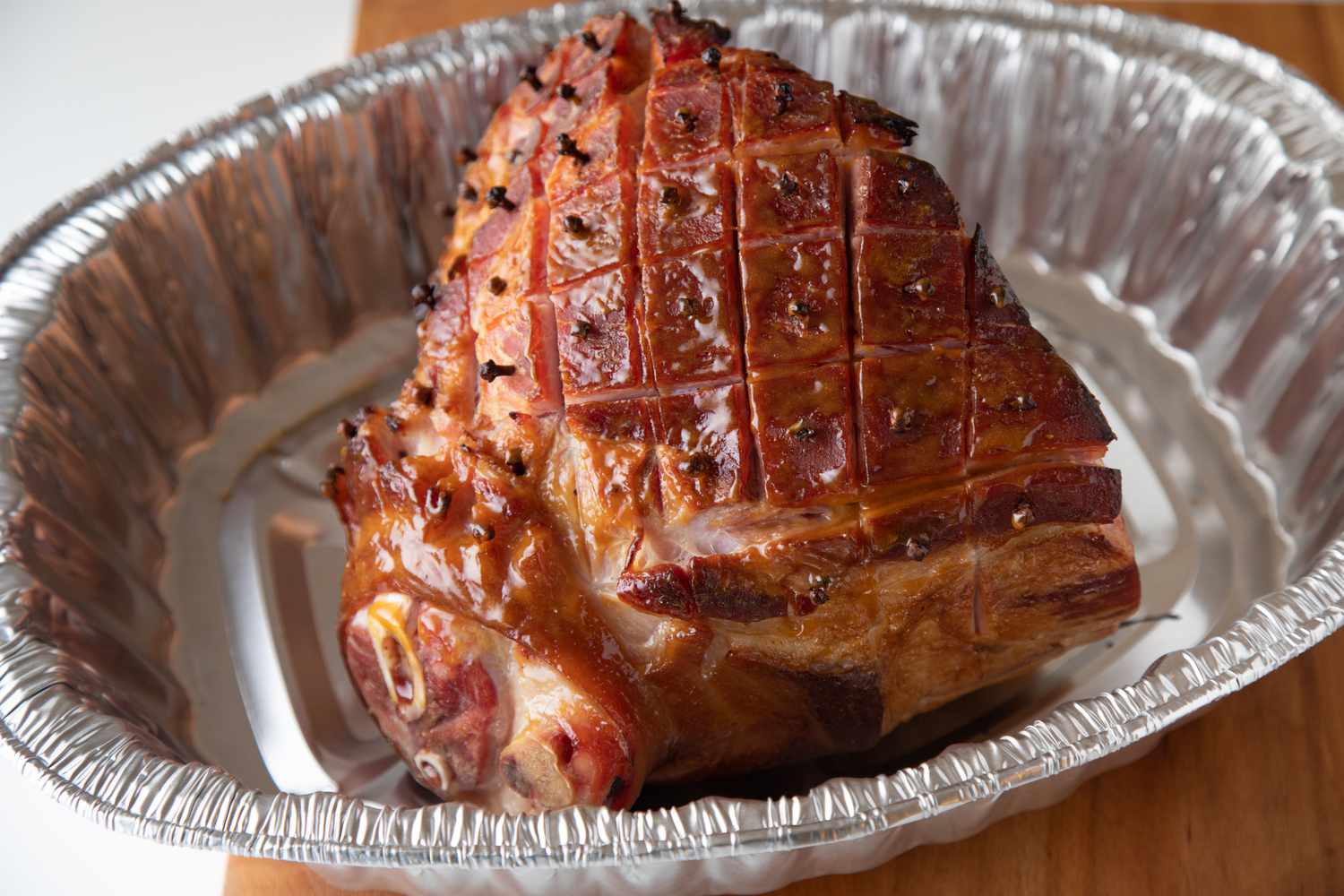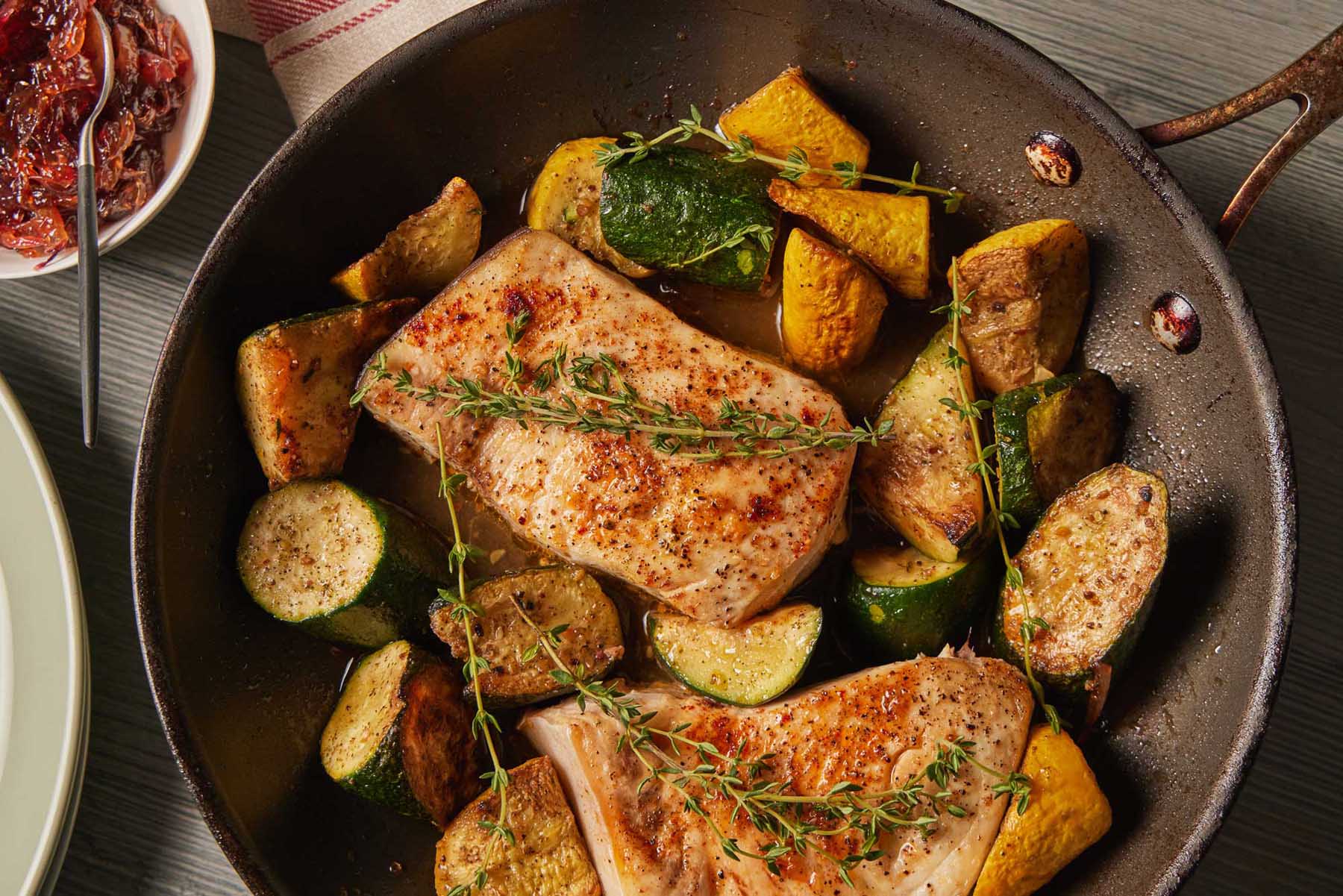Stir Fry with Water: A Healthy and Delicious Cooking Method
Stir-frying is a popular cooking method that involves quickly cooking ingredients in a small amount of oil over high heat. While traditional stir-frying often calls for oil, there is a healthier alternative that can be just as delicious and satisfying: stir-frying with water.
Why Stir Fry with Water?
Stir-frying with water offers several benefits, making it an attractive option for those looking to cut back on added fats and calories in their meals. Here are a few reasons why you might want to consider stir-frying with water:
- Healthier Option: By using water instead of oil, you can significantly reduce the amount of fat and calories in your stir-fry dishes. This makes it a great choice for individuals looking to maintain a healthy diet.
- Lighter Texture: Water-based stir-frying can result in a lighter, fresher texture, allowing the natural flavors of the ingredients to shine through without the heaviness of oil.
- Vegetarian and Vegan-Friendly: For those following a vegetarian or vegan diet, stir-frying with water provides a simple and flavorful way to prepare a variety of plant-based dishes.
How to Stir Fry with Water
Stir-frying with water is a straightforward process that can be easily adapted to a wide range of ingredients and flavor profiles. Here’s a simple guide to help you get started:
- Prep Your Ingredients: Start by preparing your choice of vegetables, protein, and aromatics. Chop them into uniform pieces to ensure even cooking.
- Heat Your Pan: Place a non-stick skillet or wok over medium-high heat. Once hot, add a small amount of water to the pan to create a thin layer at the bottom.
- Add Your Ingredients: Begin by adding the ingredients that require the longest cooking time, such as root vegetables or tougher cuts of meat. Stir frequently to prevent sticking and ensure even cooking.
- Control the Heat: As the water evaporates, you may need to add more to prevent the ingredients from sticking to the pan. Adjust the heat as needed to maintain a steady sizzle without burning.
- Flavor and Season: Once your ingredients are cooked to your liking, you can add seasonings, sauces, and additional flavorings to enhance the dish. Toss everything together to evenly distribute the flavors.
- Serve and Enjoy: Transfer your stir-fry to a serving dish and enjoy it on its own or with a side of steamed rice or noodles.
Recipe Inspiration
Stir-frying with water opens up a world of culinary possibilities, allowing you to create a wide range of vibrant and flavorful dishes. Here are a few recipe ideas to spark your creativity:
- Vegetable Medley Stir-Fry: Combine colorful bell peppers, snap peas, broccoli, and tofu in a water-based stir-fry, seasoned with a savory garlic-ginger sauce.
- Teriyaki Tofu Stir-Fry: Toss cubes of tofu, sliced carrots, and snow peas in a homemade teriyaki sauce for a sweet and savory stir-fry that’s perfect served over rice.
- Spicy Szechuan Eggplant Stir-Fry: Experience the bold flavors of Szechuan cuisine with a water-based stir-fry featuring tender eggplant, fiery chilies, and aromatic Szechuan peppercorns.
Experiment and Enjoy!
Stir-frying with water is a versatile and healthy cooking technique that can be adapted to suit your taste preferences and dietary needs. Whether you’re a seasoned home cook or just starting out in the kitchen, experimenting with water-based stir-frying can lead to a world of delicious discoveries. So, gather your favorite ingredients, get creative with seasonings, and enjoy the simple pleasure of stir-frying with water.
Explore Recipes and More Ways to Apply This Guide
For those eager to apply the water stir-frying technique, a variety of recipes await your culinary exploration. Try the Spicy Szechuan Eggplant Stir-Fry for a fiery delight, or relish the simple flavors of the Classic Vegetable Stir-Fry with Soy Sauce. For tofu lovers, the Ginger Garlic Tofu Stir-Fry is highly recommended due to its robust flavors. Each recipe allows you to practice water stir-frying, ensuring healthier, crispier outcomes. Start with these suggestions to proficiently integrate this cooking method into your routine, enhancing both taste and nutritional content of your meals.

